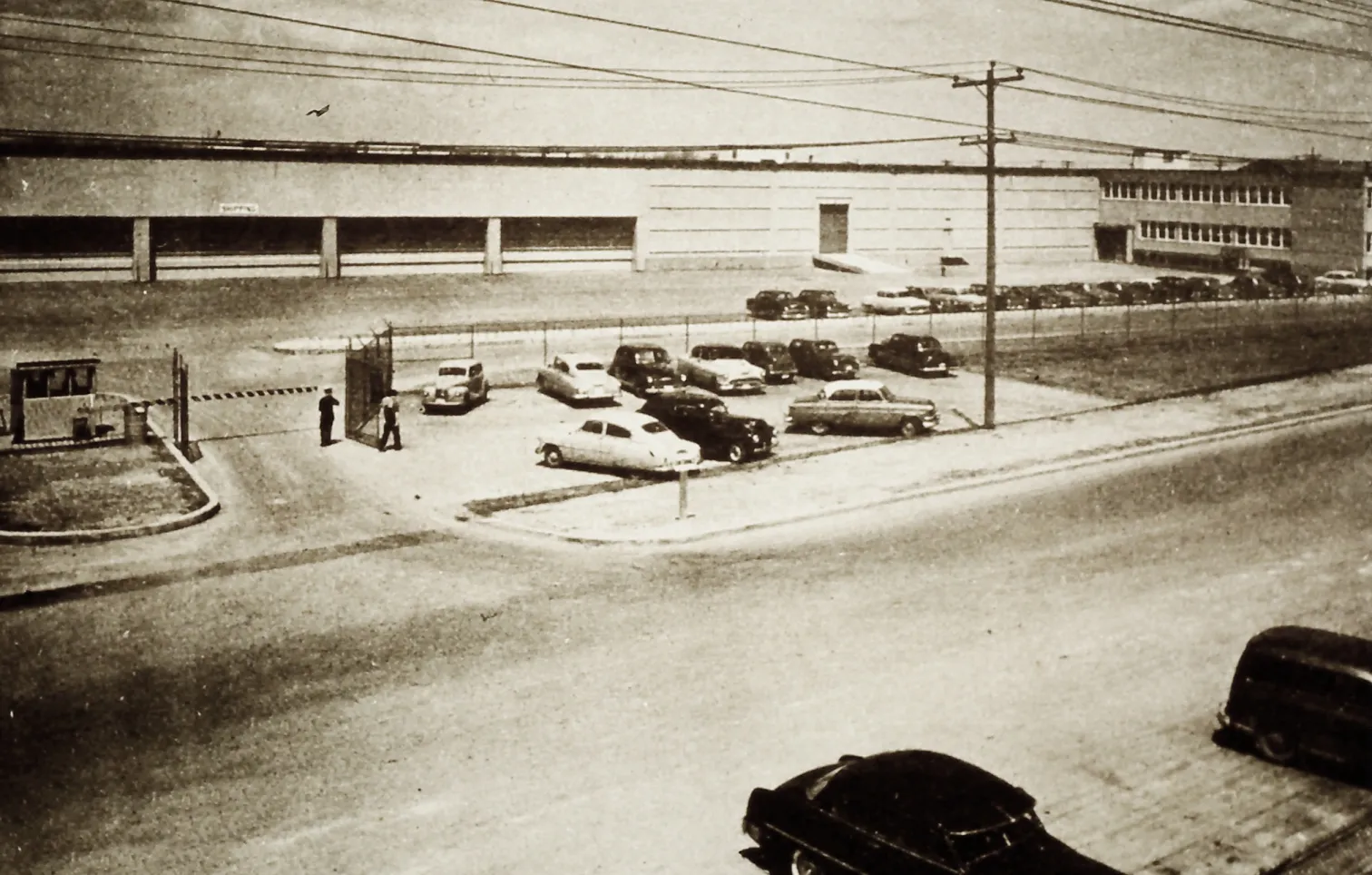The start of World War II was the beginning of the military’s interest in the lands of Downsview. In 1937, the Royal Canadian Air Forces expropriated portions of the site to enlarge the airstrip and established the RCAF Station Downsview. At the end of the Second World War (1946/47), the RCAF moved 400 Squadron (Auxiliary) to Downsview and with this relocation, they reformed 411 Squadron (Auxiliary), and built an Air Material Base at Downsview (expropriating 270 properties).
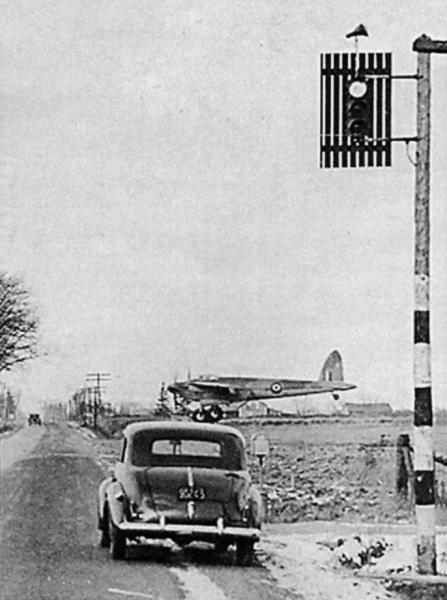
In 1952, the Department of National Defence acquired Downsview land and buildings owned by de Havilland. De Havilland was granted a long-term lease on the 36 acres south of the airfield east of the railway where they built new facilities, but also continued to use some of their former manufacturing buildings to the north.
The RCAF constructed barracks, headquarters, and maintenance buildings at Downsview between 1952 and 1956. Enlisted soldiers and their families lived in Stanley Greene Park, while the families of commissioned officers lived in William Baker Park.
In the early 1950s, the RCAF built the No. 1 Supply Depot at what is today 40 Carl Hall Road. It was designed to withstand a non-nuclear missile attack. Covering 7.5 hectares, it had its own external train that delivered supplies and an internal train that moved the material around the building. A vehicle repair depot was located at Downsview, as were squadrons of soldiers including the 436 Transport Squadron, VC 920 Squadron of the Royal Canadian Navy Reserve, and the 400 and 411 Air Reserve Squadrons.
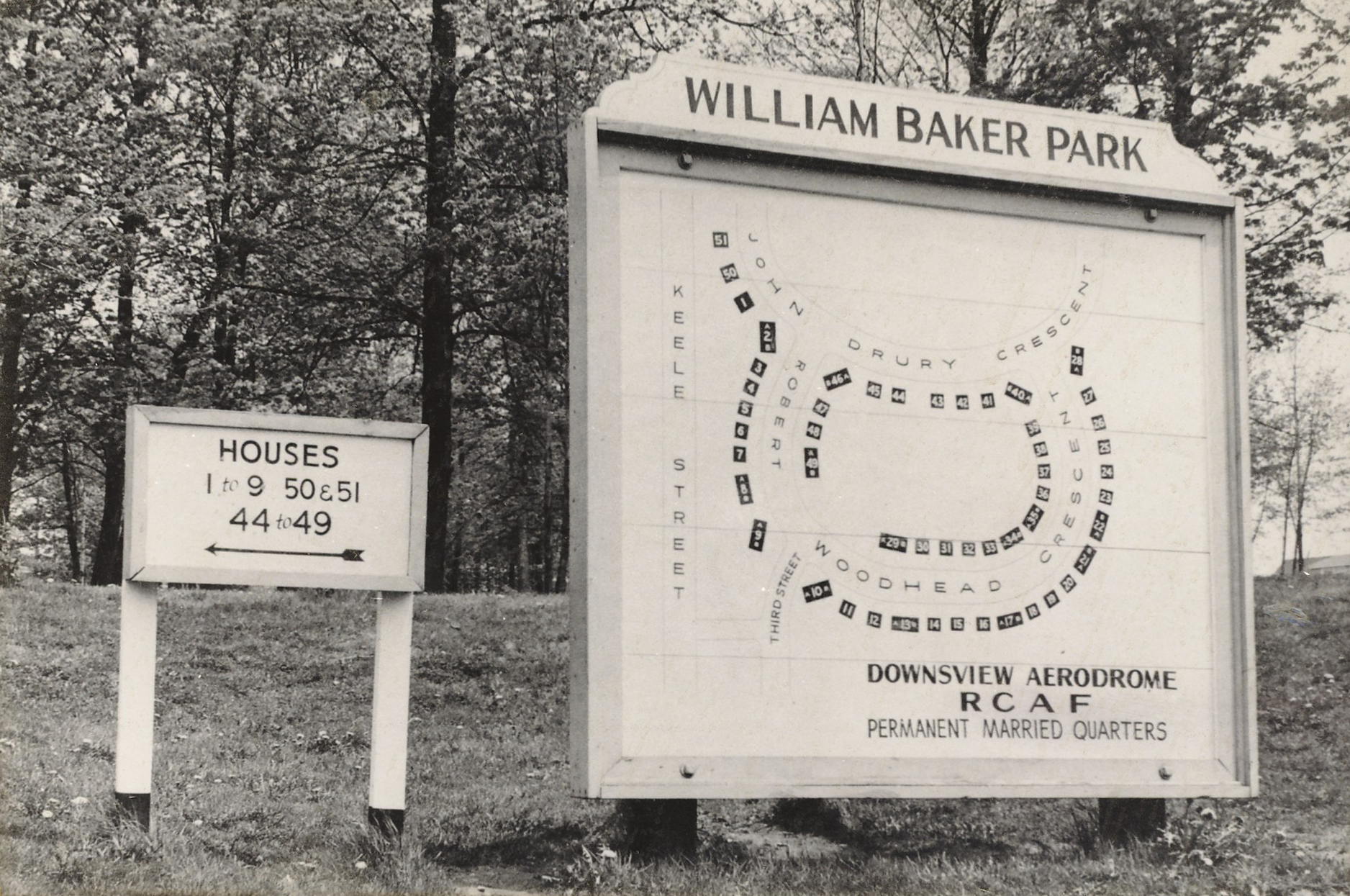
The base was also responsible for providing administrative and technical support to the Defence and Civil Institute of Environmental Medicine, the RCAF colleges as well as the Toronto Militia District and the Cadet League. In 1960, RCAF Toronto was renamed RCAF Downsview.
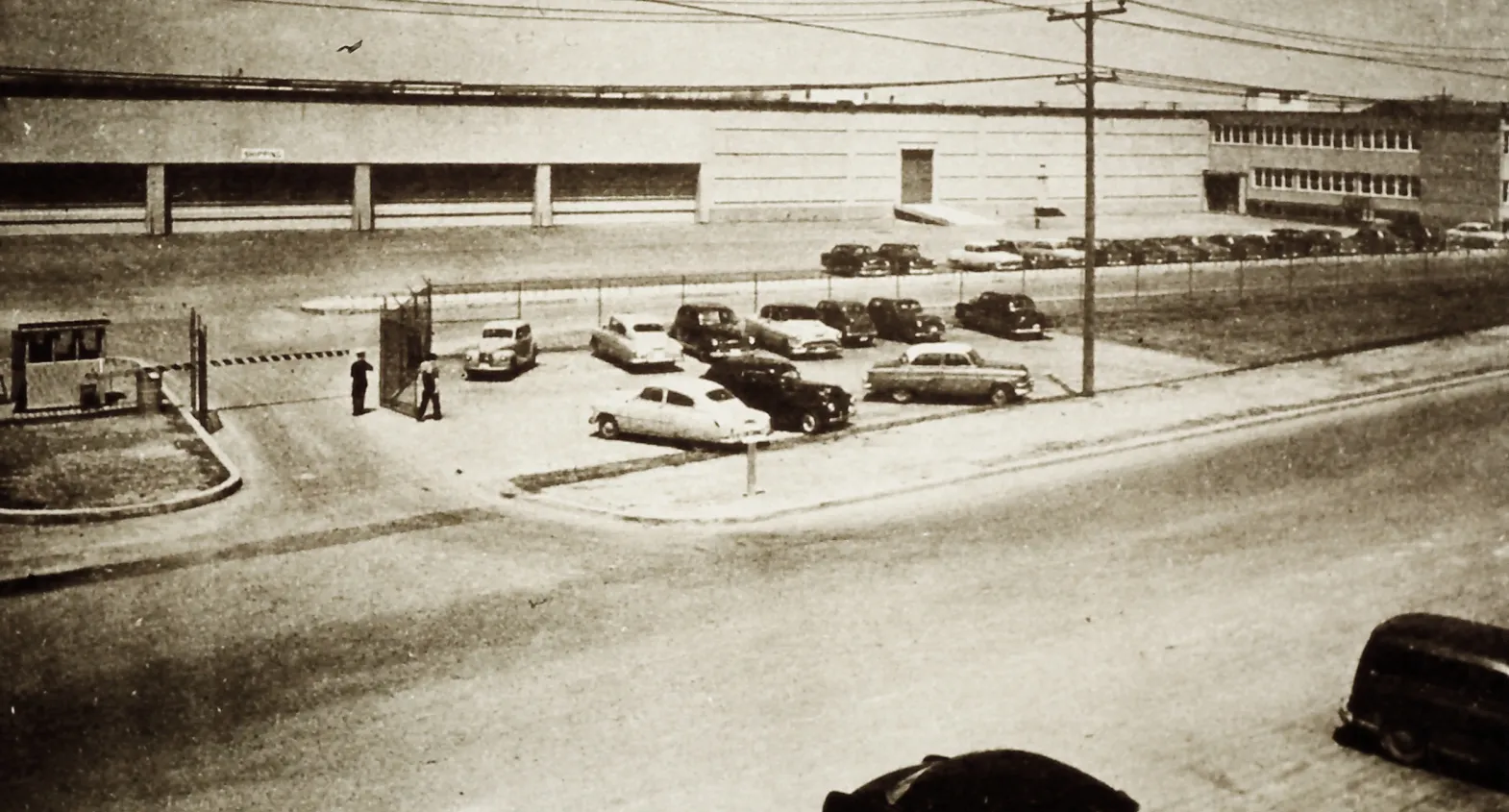
Following the unification of the Royal Canadian Air Force, the Royal Canadian Navy, and the Canadian Army as the Canadian Armed Forces, RCAF Downsview was again renamed Canadian Forces Base Toronto in 1968. In 1962, the Department of Defence expropriated the lands adjacent to the Downsview Airport and closed four kilometres of Sheppard Avenue West between Dufferin and Keele Streets. What was once Sheppard Avenue was renamed Carl Hall Road within the military base.
Writing courtesy: Downsview Park website
More Stories
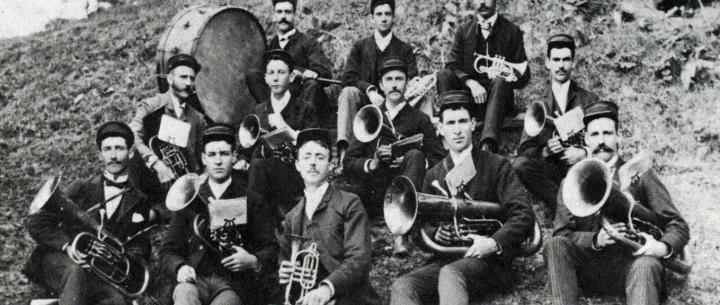
The Downsview Brass Band
In the 1950s, future stars from the worlds of rock and roll, rockabilly, and R&B like Roy Orbison and Ike and Tina Turner, played the Crang Plaza Auditorium at Jane and Wilson.

Sporting Traditions
Downsview is the home of a thriving sports and recreation scene, including the soccer facilities where Toronto FC practices, the BMO Training Ground.
